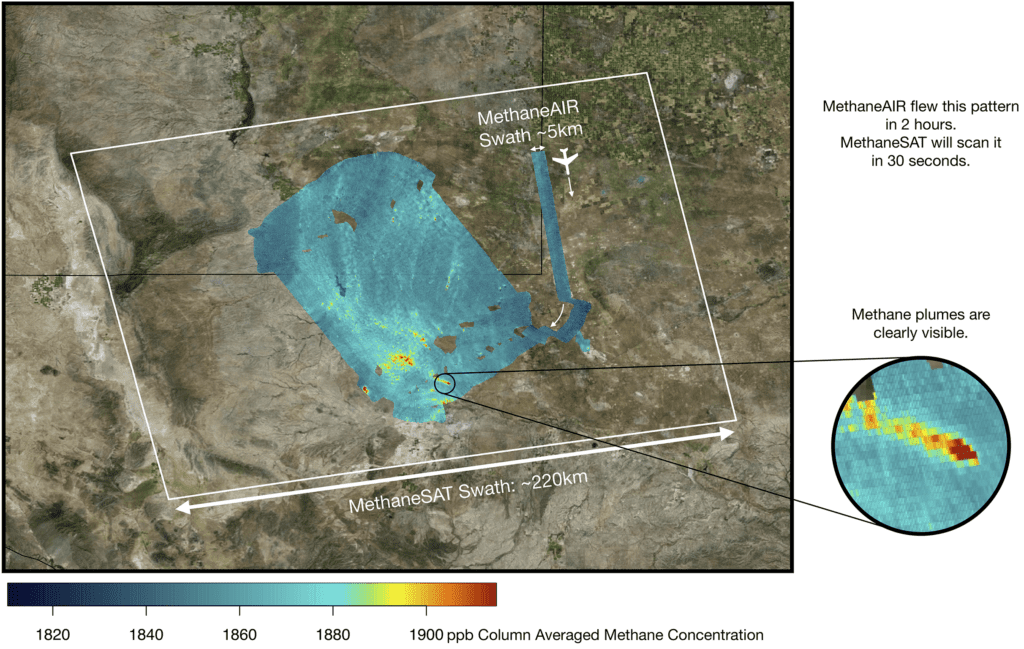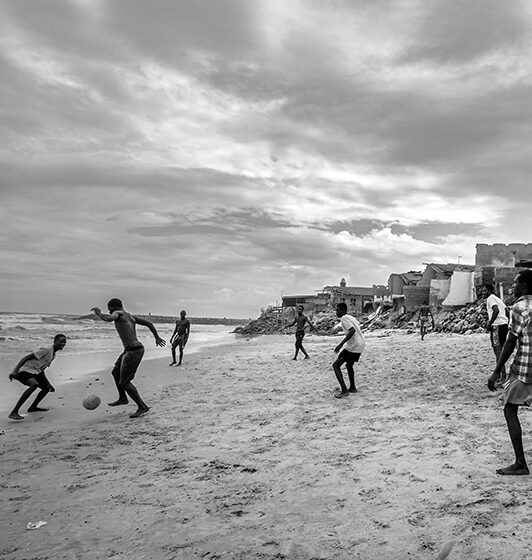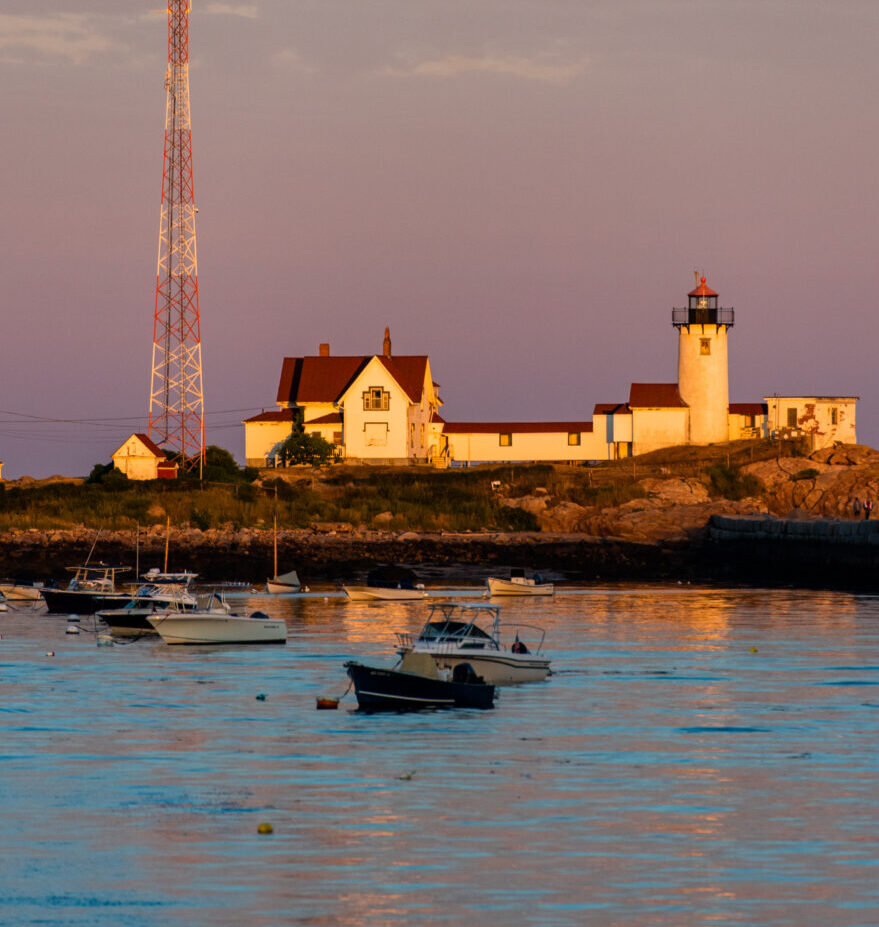Using History to Target Methane Super Emitters
The leaking of methane, one of the most potent greenhouse gases, into the atmosphere is often described as a tragedy of the commons. The concept is familiar to economists: Each invisible leak costs the whole planet, yet there is little incentive for the company or individual behind a leak to plug the outflow.
In recent years, scientists using infrared spectrometers fixed to satellites and airplanes have catalogued thousands of methane leaks around the world. But how might they use the images to stop the leaks?
A new project at Harvard University is working to create actionable data by pairing the latest remote sensing technology with the historian’s traditional toolbox – searching archives and talking to people – to identify and understand the reasons behind the biggest polluters: the “super emitters.”
Each leak tells a story. Oil drillers release methane in poorly regulated places where it might cost more to capture and process than the gas – the primary component in natural gas – is worth on the market. The amount vented and flared in the United States is enough to power millions of homes. But the problem extends far beyond the oil industry to coal mines, landfills, gas pipelines and agriculture, even belching bovines.
At a September 28 research workshop, Steven Wofsy, the Abbott Lawrence Rotch Professor of Atmospheric and Environmental Chemistry, and Emma Rothschild, the Jeremy and Jane Knowles Professor of History, unveiled their collaboration, which is sponsored by the Salata Institute for Climate and Sustainability’s Initiative to Reduce Global Methane Emissions.
Standing before a map of the Permian Basin, epicenter of America’s fracking boom, Wofsy pointed to streaks of bright oranges and purples: “This is the Mi Vida gas plant.
According to the records that we looked up in the state of Texas, this gas plant has never been inspected [for leaks]. Yet every time we’ve flown over it in our Gulfstream jet, it’s emitting another ton or ton and a half of methane per hour. And you can actually see with our system where in the plant the methane is coming from.”

The goal is “photons to boardroom,” he said, “an integrated project that collects infrared light in the spectrometer, analyzes it with high-tech physics software, and then turns the products into things that real people can understand.”
This is where the history gets applied. Rothschild’s team is building a website to begin publishing “microhistories” for 1,800 major sources of methane around the world, from Alabama to the Amin Bazar landfill in Bangladesh.
“Each microhistory asks, why is it an ultra-emissions site? Who lives there and what are the activities now or in the past that explain its contribution to climate change?” Rothschild said. “I hope these microhistories will be a way of making change imaginable in an immediate sense.”
“The Wofsy group can say to us, ‘that’s an interesting place,’ and then someone can go to the site, literally walk the fence around the perimeter, see what is happening on the ground.”
Armed with these tools, the team is making the case that stopping super emitters can be good for everyone. “The focus on local histories has already led to exchanges with municipal officials, regulators and especially with affected community groups,” Rothschild said.
Health concerns drive some of that engagement. Methane emerges from the earth mixed with hydrogen sulfide, volatile hydrocarbons, and carcinogens like benzene.
“When you’re talking about raw natural gas, that’s filthy stuff,” said Wofsy, pointing to another map adorned with colorful plumes. “This is Salt Lake City. This up here is the Holly [Frontier Sinclair] refinery. The main part of the refinery is over here. There’s also a park over here. There are people living over here. The neighborhood’s here. There are pipelines going through here.”
Such context energizes social change, Rothschild noted. “People often don’t worry about emissions that will have effects felt 40 years from now in distant places. But if they think about what is happening in their community, then that’s a rather different story,” she said. “The economic activities that led to the methane emissions, sometimes over more than a century, have also led to other costs which will endure over many decades. Understanding the causes of climate change can help us prevent other environmental disasters as well.”









